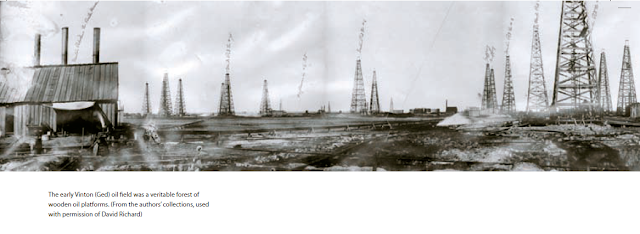Forgotten Alabama
by Glenn Wills
I don't know if other parts of the country are like this, but in the south (specifically Alabama) you will just be riding down a country road and suddenly, through the kudzu, you'll spy a tin roof. If you take more time to look you will see the house attached to it that is slowly succumbing to neglect and nature. There are stories in that house that you can never know, and may be completely forgotten now by those once connected with it. You may go down that road a year later, and the house will have completely fallen down. It may just be a blank forest now, or a plowed field, or a shopping center, and you'll know something has been lost.
Since I was a child these places have fascinated me. I have very vivid memories of making the drive from Lafayette to Opelika with my mother and wondering about these places that no one was tending to anymore. Willis has gone into so many communities I have never even heard of before (there was a lot of googling happening while experiencing this book), the ones that are slowly being lost to time and technology. The "forgotten" places. I came across one image from Fort Deposit that was as moving as it was sad in how neglected their main street has become.
There are images of vacated factories and farm equipment that has been abandoned and you can only imagine that whoever left it there has forgotten they even did it. Having recently also read Historic Rural Churches of Georgia I was especially touched by the images of neglected churches that once meant so much to rural communities in the south. Especially those of the African American tradition knowing how important they were to that community.
My only complaint about this book are the missing timestamps for the pictures. I know they were taken over a long period of time, but I really wanted to be able to date them so I could see if some of these places are still there anymore. Of course, knowing the south and how slowly we move here, most of them are probably still going strong.
The type of photography that Glenn Willis exhibits in this collection is beautiful, simple, and moving. It's a little sad, it's deeply poignant, and it's completely Alabama. I adore this collection and will probably annoy people for years by making them look through it when they come over to my house. It's just too beautiful not to share.
Since I was a child these places have fascinated me. I have very vivid memories of making the drive from Lafayette to Opelika with my mother and wondering about these places that no one was tending to anymore. Willis has gone into so many communities I have never even heard of before (there was a lot of googling happening while experiencing this book), the ones that are slowly being lost to time and technology. The "forgotten" places. I came across one image from Fort Deposit that was as moving as it was sad in how neglected their main street has become.
There are images of vacated factories and farm equipment that has been abandoned and you can only imagine that whoever left it there has forgotten they even did it. Having recently also read Historic Rural Churches of Georgia I was especially touched by the images of neglected churches that once meant so much to rural communities in the south. Especially those of the African American tradition knowing how important they were to that community.
My only complaint about this book are the missing timestamps for the pictures. I know they were taken over a long period of time, but I really wanted to be able to date them so I could see if some of these places are still there anymore. Of course, knowing the south and how slowly we move here, most of them are probably still going strong.
The type of photography that Glenn Willis exhibits in this collection is beautiful, simple, and moving. It's a little sad, it's deeply poignant, and it's completely Alabama. I adore this collection and will probably annoy people for years by making them look through it when they come over to my house. It's just too beautiful not to share.







